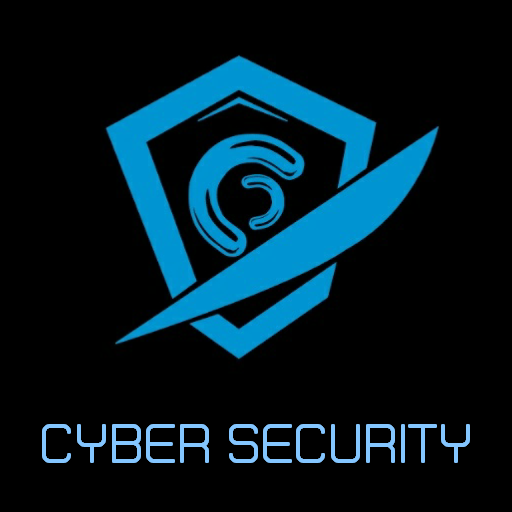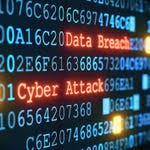Crafting a Robust Password Policy for the Military.
Defense organizations worldwide face a relentless barrage of sophisticated cyberattacks, ranging from espionage to disruption. At the bedrock of any robust cybersecurity posture lies a strong password policy a critical, yet often underestimated, defense mechanism. This article will explore how military organizations can implement effective password policies to protect vital data from evolving cyber threats.
The Foundation of a Password Policy: Length and Complexity Requirements
The first line of defense against unauthorized access is the password itself. For military applications, the days of simple, easily guessable passwords are long gone. A strong policy must mandate:
- Minimum Length: Forget the common 8-character minimum. Military passwords should require a minimum of 14-16 characters, or even longer, approaching the concept of a “passphrase.” Longer passwords exponentially increase the time and computational power required for brute-force attacks.
- Complexity: Passwords must incorporate a diverse mix of character types: uppercase letters, lowercase letters, numbers, and special characters. This combination makes dictionary attacks and rainbow table attacks significantly less effective.
- Prohibition of Common Patterns: Policies must explicitly forbid the use of sequential characters (e.g., “123456”), repeated characters (e.g., “aaaaaa”), dictionary words, user account names, personal information (birthdates, family names), or easily derivable information (e.g., “Password!1”).
- Regular Expiration and History Requirements: While the effectiveness of frequent password changes is debated, a balanced approach might involve less frequent, but still mandatory, changes (e.g., every 90-180 days) coupled with a strong history check (preventing reuse of the last 10-24 passwords).
The Shield: Account Lockout Mechanisms
Even the most complex password can be susceptible to brute-force attempts if an attacker has unlimited tries. Account lockout mechanisms are essential to thwarting such attacks.
- Threshold Settings: Implement a strict limit on failed login attempts (e.g., 3-5 tries) within a defined timeframe before an account is temporarily locked.
- Lockout Duration: The account should remain locked for a sufficient period (e.g., 30 minutes to an hour) or until manually unlocked by an administrator or help desk. This prevents rapid, automated attempts.
- Logging and Alerting: All failed login attempts and account lockouts must be logged and monitored for suspicious patterns. Automated alerts should notify security teams of concentrated attacks on specific accounts or systems.
The Second Wall: Multi-Factor Authentication (MFA)
Perhaps the single most impactful enhancement to military password policy is the widespread adoption of Multi-Factor Authentication (MFA). MFA requires users to provide two or more verification factors to gain access, significantly reducing the risk associated with compromised passwords.
- Something You Know (Password): The traditional element.
- Something You Have (Token, Smart Card, Phone): For the military, this often includes Common Access Cards (CAC) or Personal Identity Verification (PIV) cards, hardware tokens, smart device applications, or cryptographic keys.
- Something You Are (Biometrics): Fingerprint, facial recognition, or iris scans can provide an additional layer of security, especially for high-value assets or physical access points integrated with IT systems.
MFA ensures that even if an attacker manages to steal a user’s password, they cannot gain access without possessing the second factor, making it an indispensable component of military cybersecurity.
The Human Element: User Education and Awareness
Technology alone cannot secure an organization. Military personnel, from recruits to high-ranking officers, are often the most vulnerable link in the security chain. Comprehensive and ongoing user education is non-negotiable.
- Password Hygiene: Train personnel on best practices for creating strong, unique passwords or passphrases. Emphasize not writing them down, sharing them, or using variations across different systems.
- Phishing and Social Engineering Awareness: Educate users to recognize and report phishing attempts, which are common methods for credential theft. Promote vigilance against social engineering tactics designed to trick them into revealing sensitive information.
- Reporting Anomalies: Foster a culture where personnel understand the importance of immediately reporting any suspicious activity, compromised accounts, or potential security breaches.
- Regular Drills and Refreshers: Security awareness should not be a one-time training event. Regular simulated phishing campaigns, security briefings, and refresher courses are crucial to reinforce lessons and adapt to new threats.
Enforcement and Efficiency of a Password Policy: The Role of Automated Tools
Manually enforcing complex password policies across a vast military infrastructure is impractical and prone to error. Automated tools are essential for consistent compliance and efficient security management.
- Policy Enforcement Software: Directory services (like Active Directory) and identity and access management (IAM) solutions can automatically enforce password length, complexity, history, and lockout policies at the point of creation and login.
- Password Vaults/Managers: While specific implementation may vary due to security protocols, secure, military-grade password managers can help users generate and store complex, unique passwords for various systems without needing to memorize them all.
- Auditing and Reporting Tools: Automated tools can continuously monitor compliance with password policies, generate audit logs, and provide reports on failed login attempts, account lockouts, and other security-relevant events, enabling rapid response to threats.
- Automated Password Reset Solutions: Secure self-service password reset mechanisms, often coupled with MFA, can reduce the burden on IT help desks while maintaining high security standards.
Conclusion
As cyber warfare continues its relentless evolution, military personnel must adapt to modern cybersecurity standards with unwavering commitment. A strong password policy, encompassing robust length and complexity requirements, diligent account lockout mechanisms, and the indispensable implementation of multi-factor authentication, forms the bedrock of digital defense. Crucially, this technological framework must be reinforced by continuous user education, fostering a culture of security awareness and responsibility. Finally, leveraging automated tools for policy enforcement and monitoring ensures efficiency and consistent compliance across the vast and complex military digital landscape. By embracing these best practices, military organizations can fortify their digital frontline, ensuring that sensitive information remains secure against the ever-present and adapting threats of the cyber domain.







